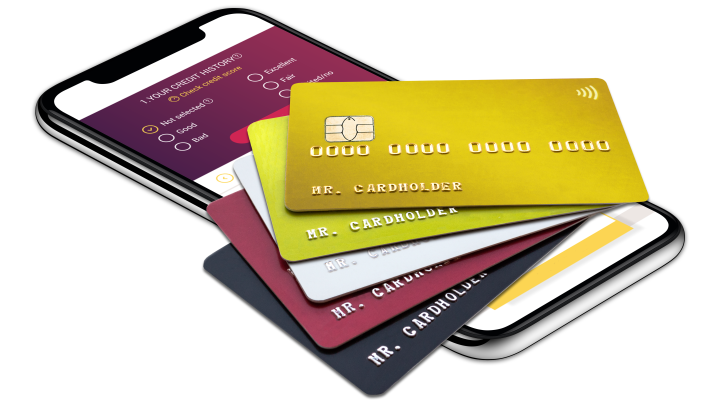The content on this page is accurate as of the posting date; however, some of the offers mentioned may have expired.

Federal Reserve is planning to keep its benchmark interest rate in the 0% to 0.25% range to battle the economic impact from the coronavirus crisis. In the last press conference on April 29, Fed Chair Jerome Powel noted that the Fed won't hurry to move the rate up.
The global and U.S. economy, in particular, has taken a hit from lower demand and shutdowns, and it's expected that the second quarter is going to be worse.
"We are going to see economic data for the second quarter that is worse than any data we have seen for the economy," Jerome Powell said.
What do low interest rates mean to consumers?
Typically, low borrowing rates mean that credit cards, loans, and refinancing is cheaper - if you qualify. The benchmark interest rate is not the rate the consumers pay, but it still affects the borrowing and savings rates.
For example, average credit card rates have lowered from 17.85% to 16.46% since last July, according to Bankrate. However, while credit card rates are lower, banks make it harder to get a credit card, especially now during the crisis.
At the same time, consumers may notice that mortgage rates are considerably lower. However, only creditworthy consumers with sufficient equity will be able to refinance now. Consumers with low credit scores will find it hard, if at all possible, to qualify for any credit or refinancing.
Those impacted by COVID-19 are offered temporary hardship assistance, though. Many banks allow customers to defer card and other payments and offer other assistance on a case-by-case basis. Many Americans who asked for a break on mortgage or credit card bills due to the coronavirus received one, according to a LendingTree survey.








